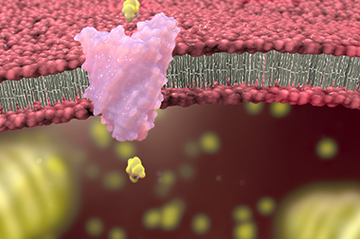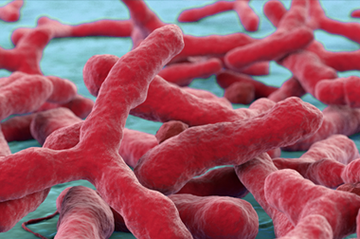Cellular and Functional Mechanisms Underlying Muscle Aging and Associated Diseases
Daniel Béchet, PhD
Unité de Nutrition Humaine/ Clermont Université, France
Overview
One of the most dramatic effects of increasing age is the atrophy of skeletal muscle, referred to as sarcopenia, which is predictive of all-cause mortality in the elderly. This presentation presents an overview of human studies of sarcopenia and describes findings from the PROOF cohort, which compared three groups --“healthy aging,” metabolic syndrome and hypertension-- to identify potential biomarkers for muscle chronological aging in humans.
Key points
- Muscle cells have no regenerative ability, leading to increasing loss with age.
- There is a 1-2% annual loss of muscle mass after the age of 50 years; however, the prevalence of sarcopenia varies from 13 to 24% of adults over 60 years of age, and > 50% after 80 years.
- Consequences of sarcopenia include: loss of strength, mobility, decreased energy metabolism, increased insulin resistance, lower protein (amino acid) reserves; an overall loss of health span.
- In a study to better understand the mechanisms of muscle aging: The PROOF cohort consisted of 1011 subjects (402 men, 609 women) aged 65 at inclusion date (2001); at 17-year follow up (now aged 82) with exams every 2 years. Exams included: anthropometric data, blood tests, blood pressure, heart monitors, cognitive performance, and biopsy of thigh muscle to apply “omics” and histological evaluation of thigh muscle biopsies.
- Researchers identified muscle fiber-type specific alterations and several potential biomarkers of aging:
- Atrophy of type-II muscle fibers, (flattening) in myofiber shape, increased lipid droplets, increased fibrosis of the extracellular matrix, and decreased capillaries.
- In men, healthy aging is associated with the presence of more perimysium (bundles of myofibers surrounding muscle) which preserves muscle shape despite atrophy.
Clinical relevance
These human studies offer important information about how muscle fibers change –physically and metabolically- with age. Improving our understanding of the factors influencing sarcopenia in people will also improve understanding of similar processes in companion animals.


